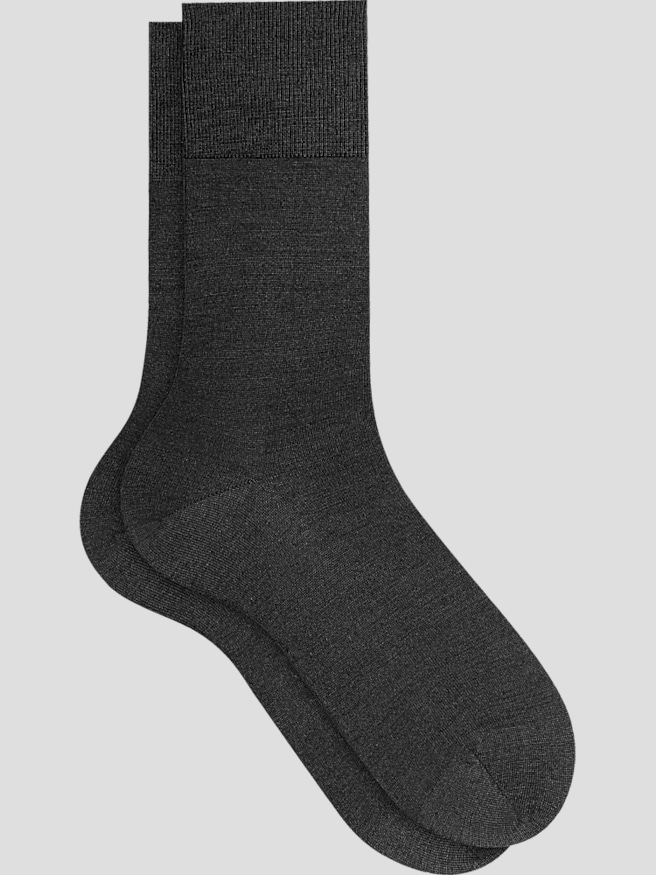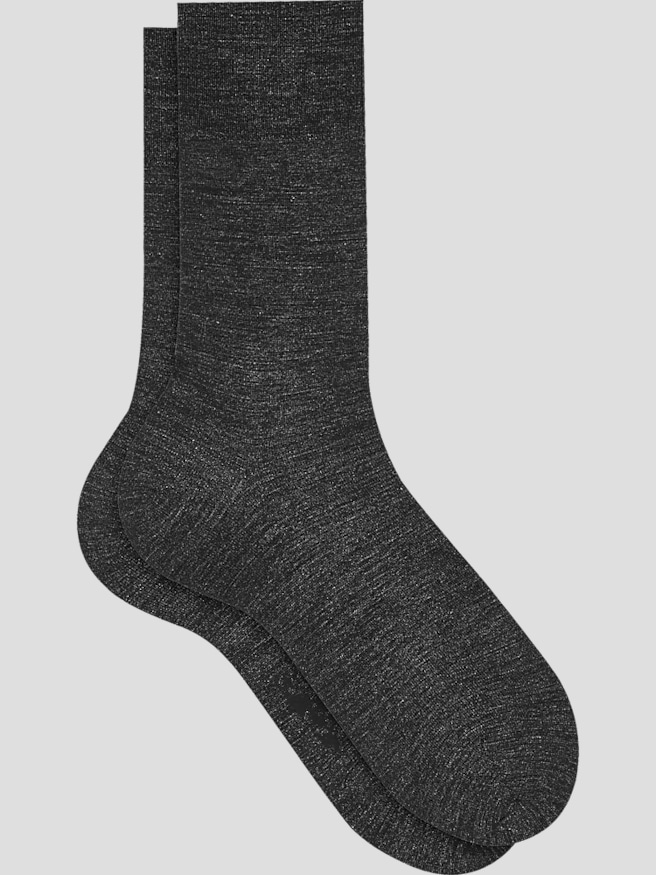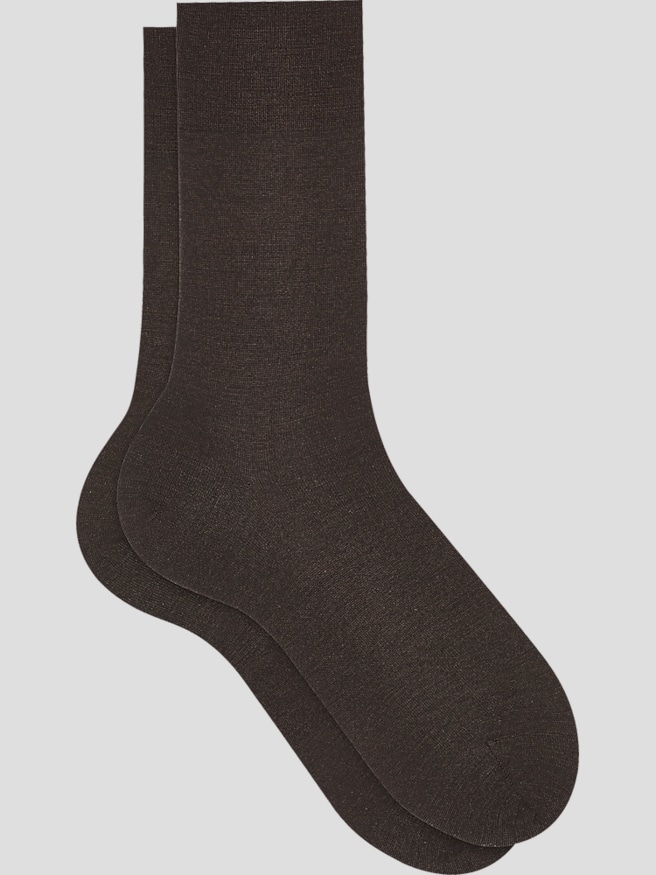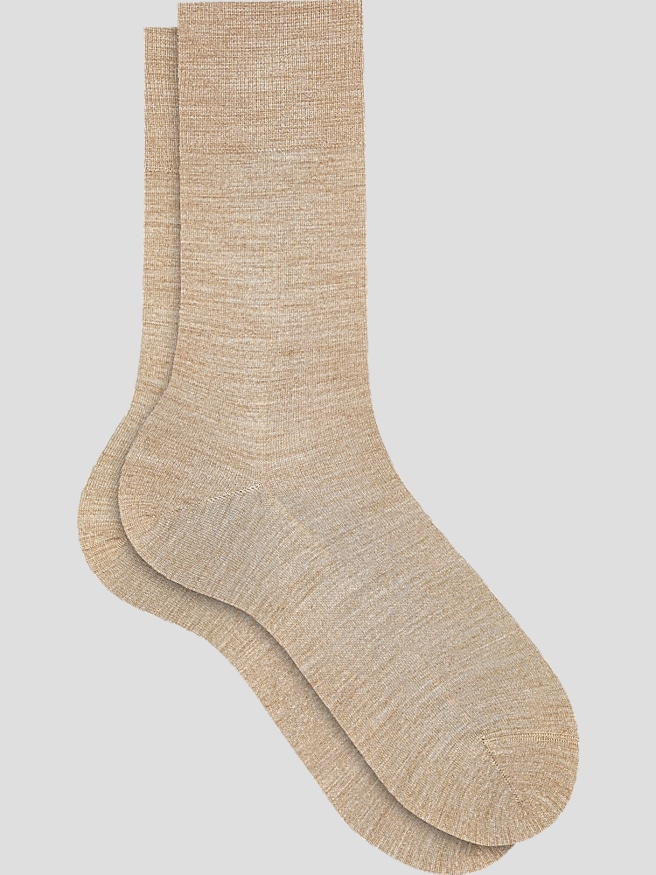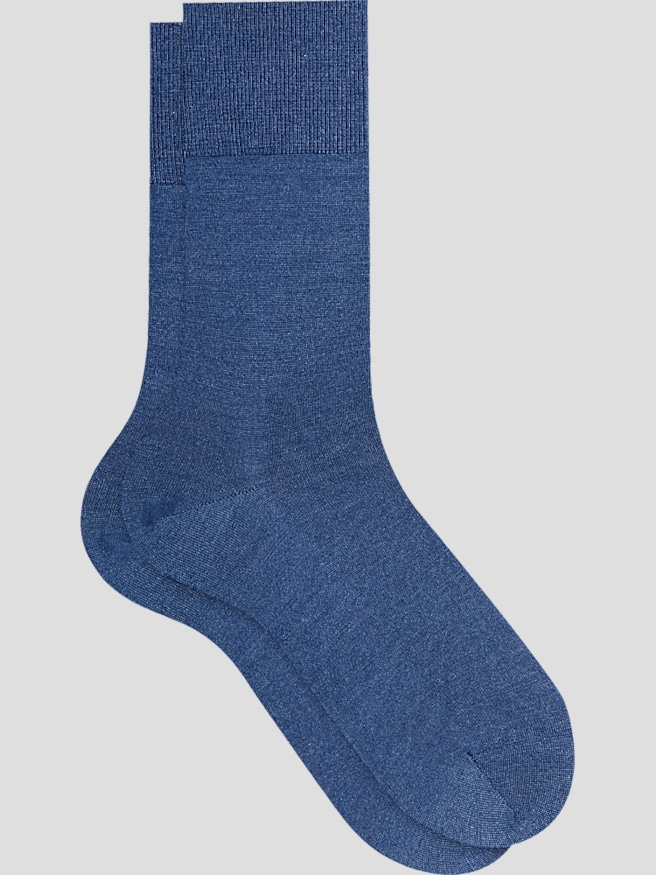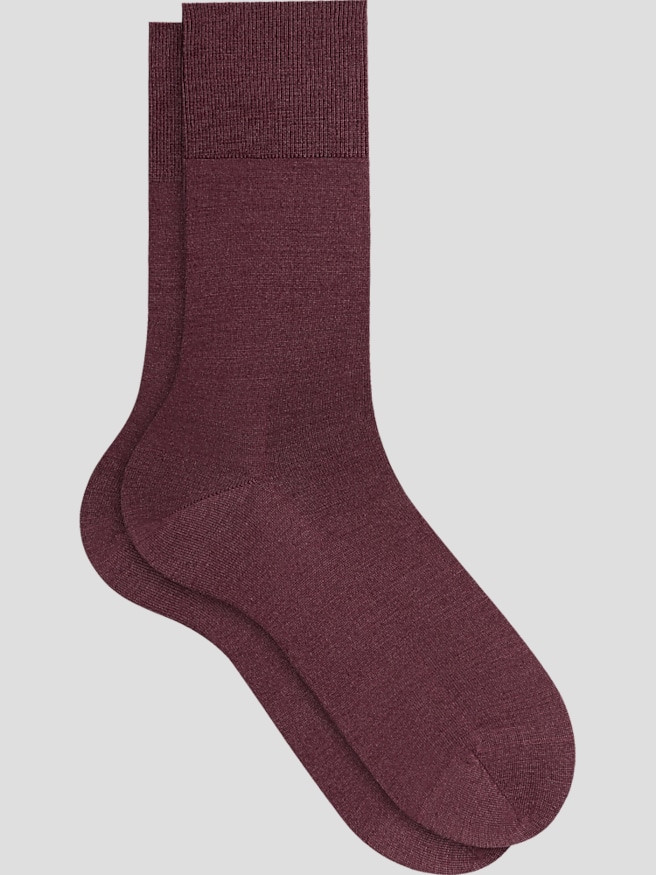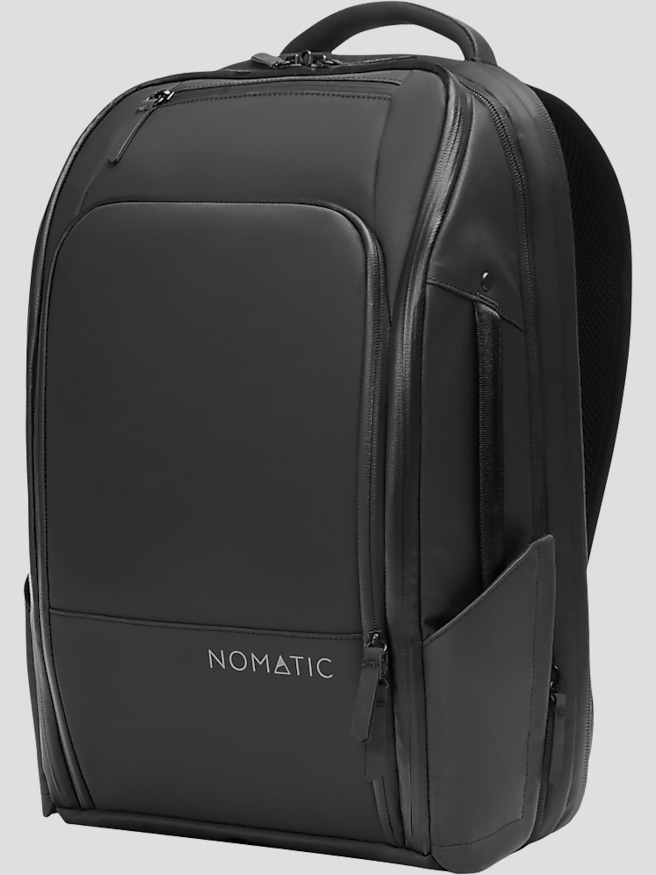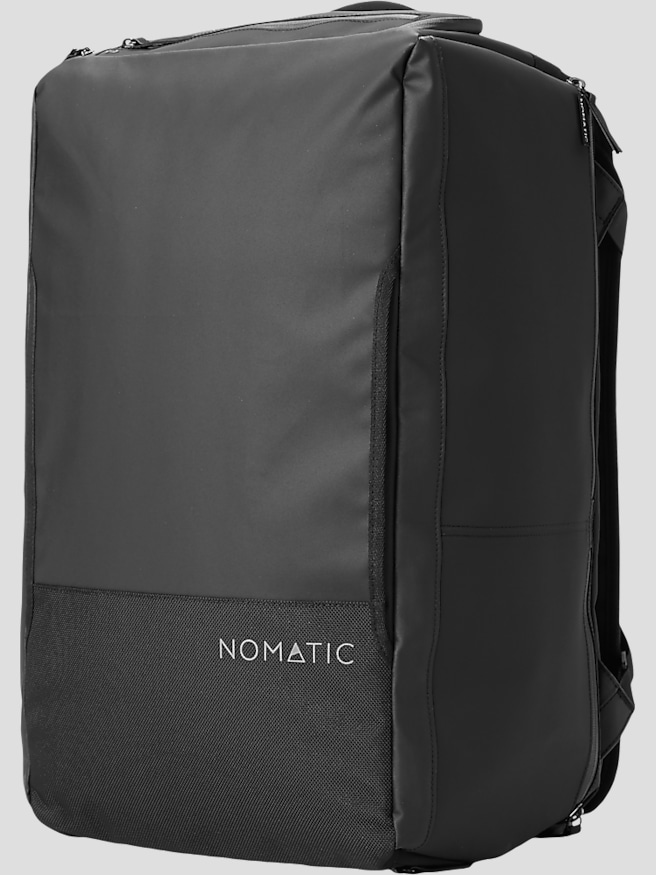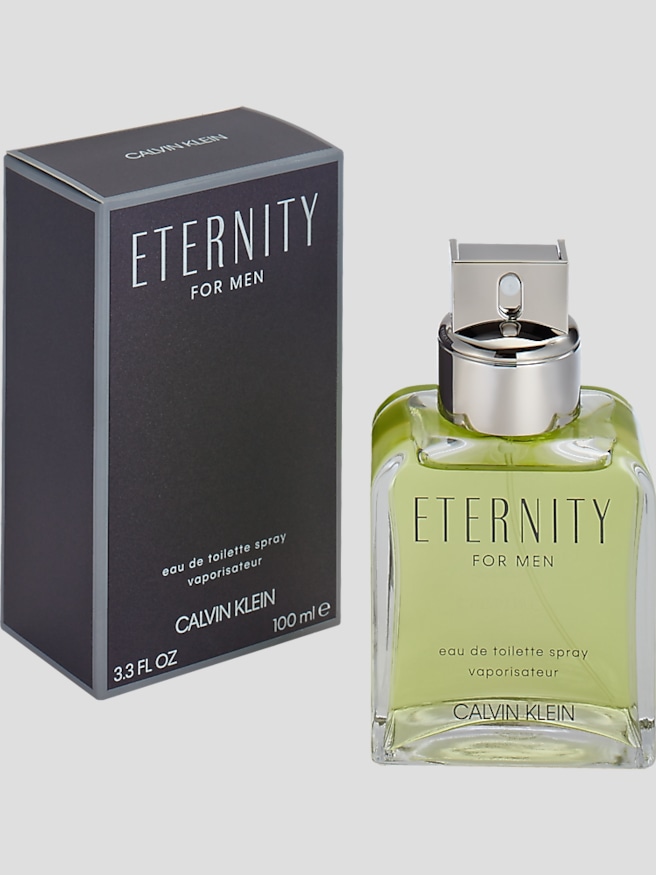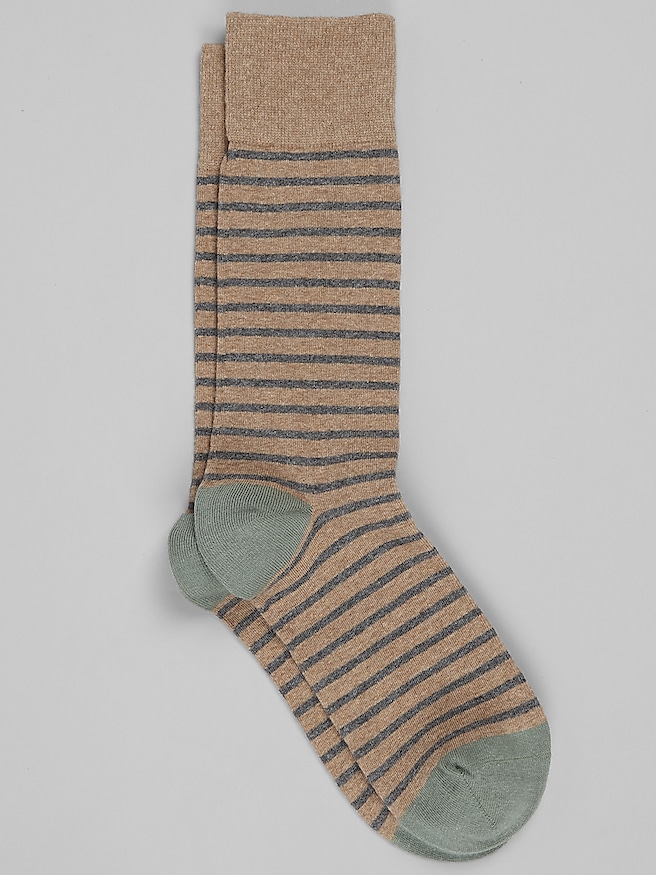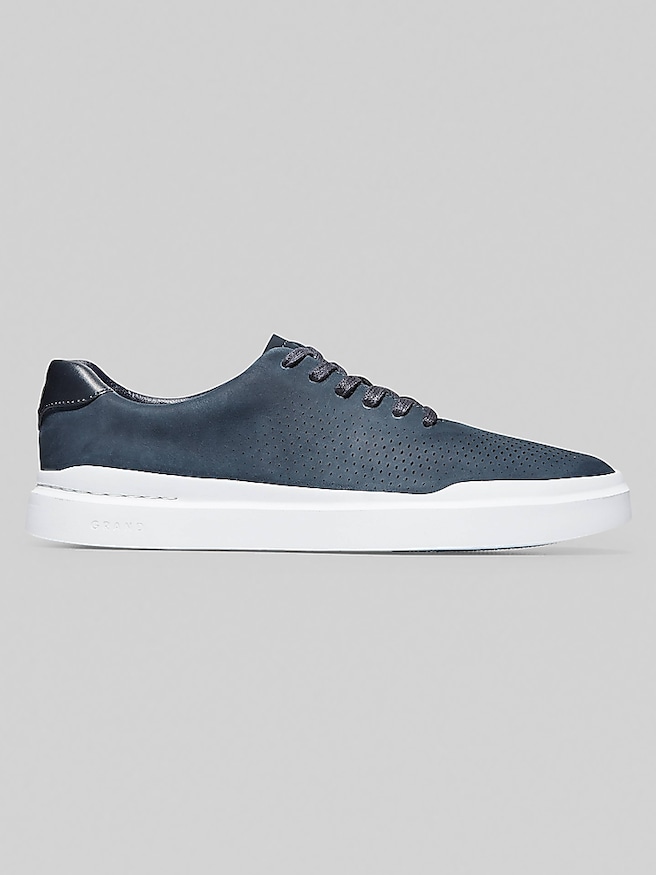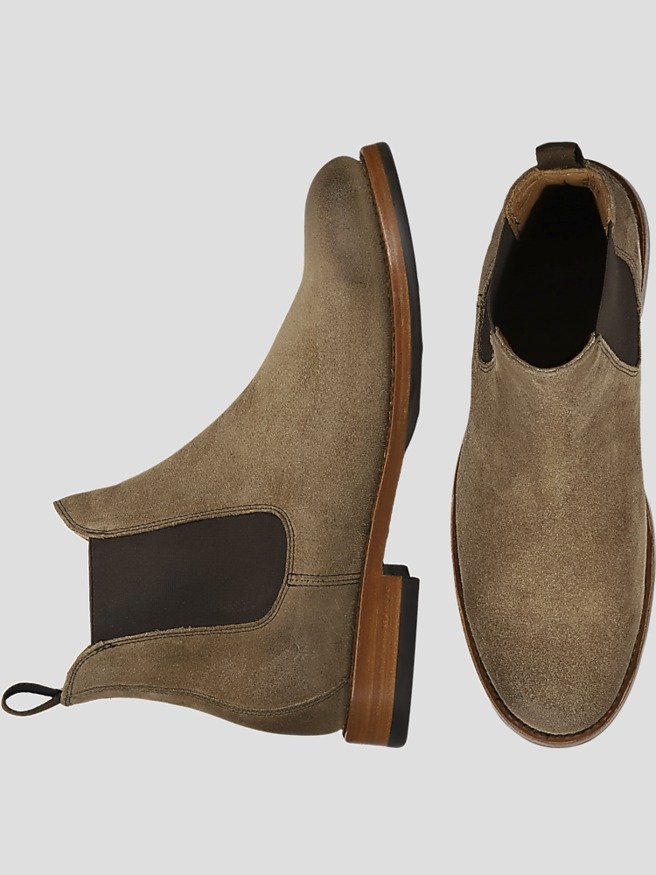Warm Winter Socks
Warm winter socks are an essential addition to any cold-weather wardrobe, offering comfort and style when temperatures drop. Designed to complement your favorite boots or dress shoes, these socks help you stay cozy whether you're heading to the office or enjoying a weekend outdoors. Explore a variety of colors and patterns to find the perfect pair of warm winter socks that keep you looking sharp all season long.
Warm Winter Socks
FAQs
What materials are best for warm winter socks?
Warm winter socks are often made from materials like merino wool, cotton blends, and technical synthetics. Merino wool is especially popular for its natural insulating properties, moisture-wicking ability, and softness, making it ideal for keeping feet warm and dry in cold weather. Cotton blends offer breathability and comfort, while synthetic fibers like polyester and acrylic can add durability and help manage moisture.
How should I care for my winter socks to keep them in good condition?
To prolong the life of your winter socks, it’s best to wash them inside out in cold water and avoid using harsh detergents or bleach. Air drying is recommended to maintain the shape and texture, especially for wool socks. If you use a dryer, choose a low heat setting to prevent shrinkage or damage to the fibers.
Are certain types of socks better for outdoor activities in winter?
Yes, socks designed for outdoor activities often feature reinforced heels and toes for durability, extra cushioning for comfort, and moisture-wicking materials to keep feet dry. Look for options with added arch support and seamless construction to reduce friction during hiking, skiing, or other winter sports.
Can warm winter socks be worn with dress shoes?
Absolutely. There are warm winter socks specifically designed with a slimmer profile and finer knit to fit comfortably in dress shoes without adding bulk. These socks often use materials like merino wool for insulation, allowing you to maintain a polished look while staying warm during colder months.
Why do people often choose wool socks for winter?
Wool socks are a popular choice for winter because they provide excellent insulation, even when damp, and naturally wick moisture away from the skin. This helps keep feet warm, dry, and comfortable throughout the day. Wool also resists odors and retains its softness over time, making it a reliable and long-lasting option for cold weather.
